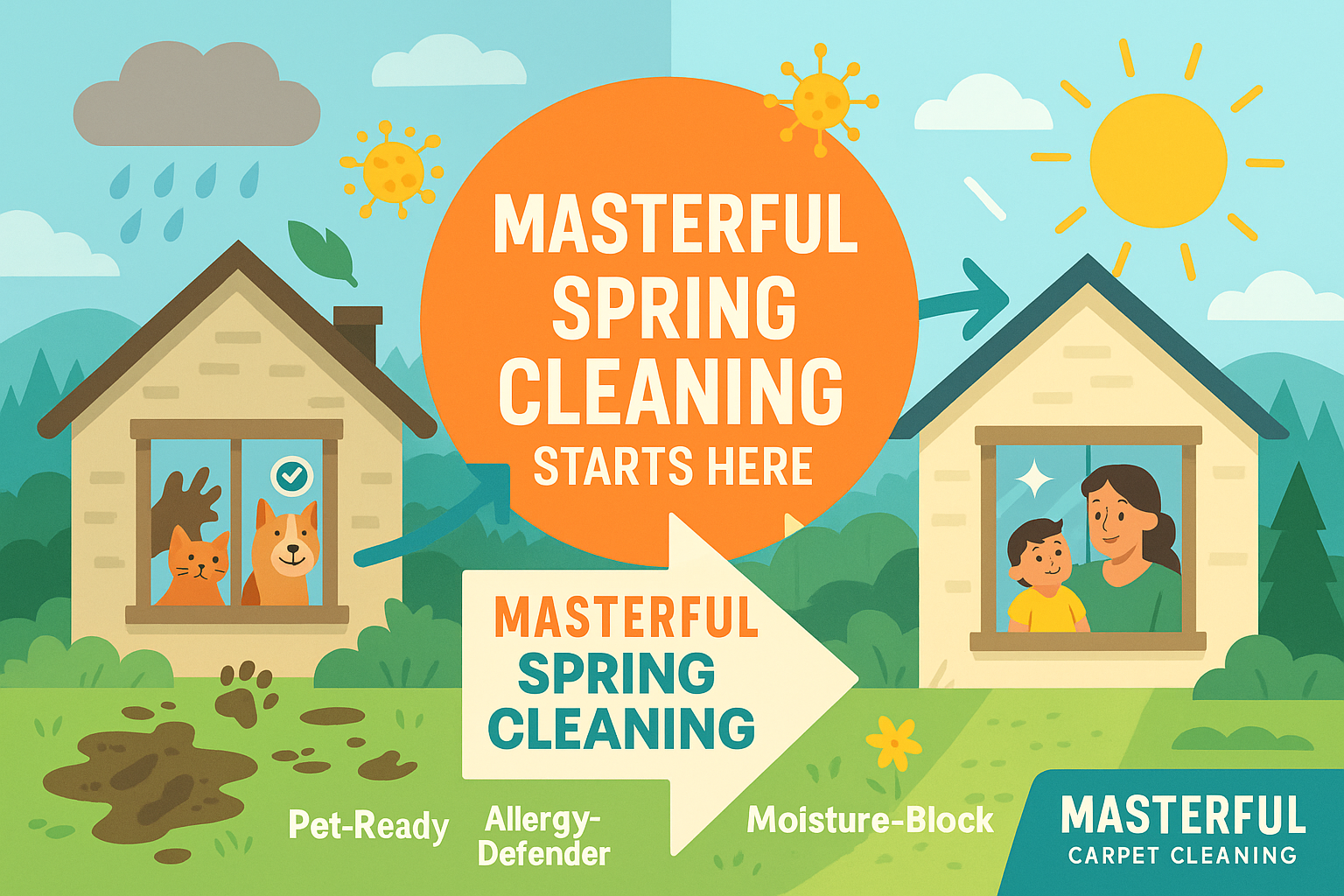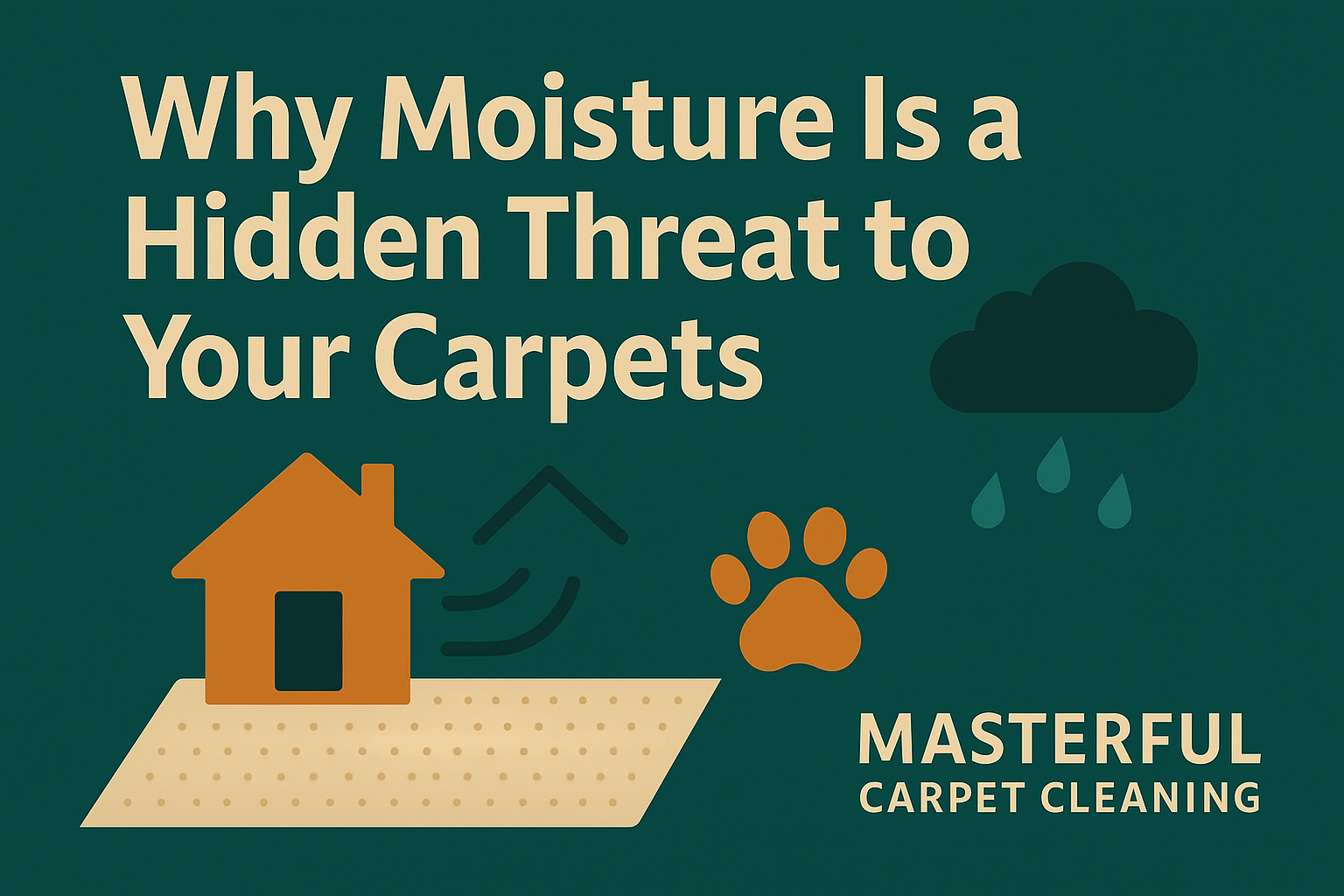Essential Tools and Materials for Carpet Patching

Carpet patching is an integral technique in the broader domain of carpet repair, primarily addressing extensive damages such as stains, burns, or tears.
This method involves replacing the affected section of the carpet with a matching piece, often sourced from inconspicuous areas like closets. Its significance lies not only in its effectiveness as a repair strategy but also in its cost-efficiency.
By focusing on specific problem areas, carpet patching eliminates the need for a complete carpet replacement, which can be both expensive and time-consuming.
This focused approach to repair not only preserves the carpet’s aesthetics and functionality but also extends its overall lifespan.
Pre-Patching Considerations: Carpet Cleaning and Area Isolation
An essential precursor to carpet patching is the cleaning of the carpet. Any dirt, debris, or loose fibers can adversely affect the adhesive’s effectiveness, compromising the quality of the repair.
Vacuuming the area thoroughly to remove loose dirt is advisable, and for more stubborn stains, a carpet cleaner or mild detergent may be necessary. Ensuring the area is dry before proceeding is important.
Isolating the patching area, perhaps with painter’s tape or markers, is also key to a focused and effective repair job, avoiding inadvertent damage to other parts of the carpet.

List of Essential Tools for Carpet Patching
Carpet patching, a key aspect of carpet repair, requires specific tools to ensure effectiveness and durability.
Carpet Tape
Carpet tape plays a pivotal role in holding the new piece of carpet in place. It is applied under the old carpet, with its top layer peeled off to make it sticky for the new patch. Firm pressure is needed to secure the new piece to the tape below.
Donor Carpet
A donor carpet, closely matching the original in color, pattern, and texture, is essential for a seamless repair. Precise measurement of the damaged area is required to cut a corresponding piece from the donor carpet, aligning the fibers correctly to blend in with the surrounding area.
Scissors
Sharp and sturdy scissors are imperative for precisely cutting out the damaged section of the carpet. They ensure a clean cut, facilitating the fitting of the donor carpet piece later on.
Measuring Tape
A measuring tape is used to accurately assess the size and dimensions of both the damaged area and the donor carpet, ensuring a perfect fit and seamless blend with the rest of the carpet.
Utility Knife
A utility knife is a versatile tool for cutting out the damaged section of the carpet and creating clean edges for the patch. Its sharp blade allows for precise cutting, ensuring that the replacement piece fits seamlessly.
Permanent Marker
A permanent marker is recommended for marking the damaged section of the carpet. It aids in identifying the area that needs to be removed and replaced, ensuring precise cuts for a seamless repair.
Carpet Adhesive
Carpet adhesive secures the replacement piece in place, preventing it from shifting or coming loose. It should be applied evenly for proper adhesion and pressed firmly onto the damaged area.
Seam Roller
A seam roller is used to press down on the edges of the patched area, ensuring proper adhesion and blending the seams between the replacement piece and the surrounding carpet for a seamless appearance.
Carpet Patch Kit (Optional)
For beginners, a carpet patch kit may be considered. These kits contain all the necessary tools and materials, including adhesives and tools for removing the stained or damaged area. They are not mandatory for the patching process.

List of Essential Materials for Carpet Patching
Carpet patching is an intricate process requiring specific materials to ensure a seamless and enduring repair.
Carpet Tape
Carpet tape is required for securing the new patch in place. It is applied to the floor beneath the old carpet, and its top layer is removed to make it sticky for placing the new patch. Firm pressure ensures that the new piece adheres well to the tape below.
Donor Carpet
A donor carpet that closely matches the original in color, pattern, and texture is vital for a seamless repair. Measuring the damaged area accurately and cutting a corresponding piece from the donor carpet is necessary. It is very important to align the fibers in the same direction as the surrounding carpet for a seamless blend.
Carpet Adhesive
Carpet adhesive secures the replacement piece and prevents it from shifting. It should be applied in a circular pattern on the back of the replacement piece and spread evenly for proper adhesion. Once applied, the patch is pressed firmly onto the damaged area to ensure a strong bond.
Matching Carpet Pad
A matching carpet pad may be necessary if the damaged area includes the pad beneath the carpet. It is important to match the thickness and density of the original pad to maintain an even surface.
Fabric Glue (Optional)
For additional reinforcement, fabric glue can be used. It is particularly useful for securing the edges of the patch, ensuring that they do not fray or lift after the repair is completed.
Additional Materials
- Seam Roller: To press down on the edges of the patched area and blend the seams between the replacement piece and the surrounding carpet.
- Screwdriver and Cushion Back Carpet Cutter: These tools might be needed for more complex patching jobs, especially when dealing with different carpet layers or intricate patterns.

The Interplay Between Carpet Cleaning and Patching
Carpet cleaning is an indispensable step before initiating the patching process. It sets the stage for a successful patching job by ensuring the adhesive adheres properly and the patch blends seamlessly with the existing carpet.
Importance of Cleaning Before Patching
- Removal of Dirt and Debris: Vacuuming the area thoroughly is essential to remove any loose dirt, debris, or fibers. These particles can interfere with the adhesive, compromising the patch’s quality. For stubborn stains or embedded dirt, using a carpet cleaner or mild detergent is recommended.
- Ensuring Dryness: After cleaning, it’s imperative to ensure the area is completely dry before proceeding. Moisture can hinder the adhesive’s effectiveness, leading to a less secure patch.
Isolating the Area
Isolating the area planned for patching is key for a focused and effective repair job. This involves moving any furniture or obstacles away from the area and using painter’s tape or markers to outline the section that needs patching.
This preparation not only enables more efficient work but also prevents accidental damage to other parts of the carpet.
Common Mistakes to Avoid
- Skipping the Cleaning Process: Neglecting to clean the carpet can result in poor adhesive bonding and a patch that doesn’t blend well with the rest of the carpet.
- Inadequate Area Isolation: Failing to properly isolate the patching area can lead to mistakes affecting other carpet areas.

Detailed Steps for Successful Carpet Patching
- Identify the Damaged Area: Start by locating the area of the carpet that needs patching. Look for signs of wear, tear, or discoloration, and mark the boundaries using chalk or masking tape for precision.
- Measure the Area: Accurately measure the dimensions of the damaged area, adding an extra inch on each side to assist in cutting the patch and fitting it into place.
- Cut the Patch: Choose a matching piece of carpet, ensuring the carpet fibers align with the piece being patched for a seamless fit. Use sharp scissors or a utility knife for a clean cut.
- Prepare the Area: Clean the damaged area thoroughly to remove loose fibers and debris. If stained, clean it to ensure the adhesive sticks properly.
- Apply Adhesive: Apply a thin, even layer of carpet adhesive or double-sided carpet tape to the damaged area.
- Place the Patch: Align the patch over the adhesive area, matching the pattern and direction of fibers, and press down firmly.
- Roll It Out: Use a carpet roller or a heavy cylindrical object to press down on the patch, ensuring it adheres securely to the existing carpet.
- Trim Excess: Trim any excess material to make the patch flush with the rest of the carpet.
- Blend the Patch: Use a carpet brush to blend the newly patched area with the surrounding carpet, making the repair less noticeable.
- Let it Dry: Allow the patch to dry completely before walking on it, usually taking about 24 hours.
Common Mistakes and How to Avoid Them
- Improper Cutting: Ensure precise measurements for cutting to avoid a mismatched patch.
- Incorrect Adhesive Application: Apply a moderate amount of adhesive evenly across both the patch and the damaged area.
- Mismatched Carpet Patterns: Use a patch from the same carpet or a similar piece to avoid noticeable differences.
- Ignoring Pile Direction: Match the pile direction of the patch with the existing carpet for a seamless blend.
- Rushing the Process: Allow sufficient drying time for the adhesive according to the manufacturer’s guidelines.
Aftercare and Maintenance of Patched Carpets
- Initial Care: Avoid walking on the patched area for the first 48 hours and keep it free from heavy objects to allow the adhesive to set properly.
- Regular Cleaning: Vacuum the patched area at least once a week to maintain cleanliness and integration with the rest of the carpet.
- Spot Cleaning: Use a mild detergent and a soft cloth for spot cleaning stains on the patch, avoiding harsh chemicals.
- Additional Maintenance Tips:
- Protect the area from direct sunlight to prevent fading.
- Opt for professional cleaning services annually, informing them about the patched area.
By adhering to these best practices, common mistakes can be avoided, ensuring a successful carpet patching project.
Proper aftercare and maintenance play a key role in extending the life of the patch and maintaining the overall appearance and longevity of the carpet.
Carpet Patching – A Comprehensive Overview
Carpet patching is an intricate and valuable skill within the realm of carpet repair. It’s not merely a quick fix but a detailed process that requires precision and care at every stage.
The success of carpet patching hinges on the meticulous execution of each phase:
- Preparation: This initial phase is foundational. A well-prepared carpet ensures a smooth patching process.
- Tool and Material Selection: Choosing the right tools and materials is critical. Their proper use can significantly influence the repair’s outcome.
- Execution: Diligent adherence to the patching steps is essential for achieving a seamless blend with the existing carpet.
- Aftercare and Maintenance: Post-patching care is not just about maintaining aesthetics but also about extending the patch’s lifespan and ensuring the overall health of the carpet.
Final Considerations and Recommendations
For those new to carpet patching, it’s advisable to start with less visible areas and practice the technique. Testing the adhesive on a small area before widespread application is recommended.
Consulting a professional can provide additional guidance and ensure the best results. Remember, carpet patching is more than a task; it’s an art that enhances the longevity and appearance of your carpet.
A Handy Checklist for Carpet Patching
To assist in your carpet patching journey, here’s a quick checklist:
- Prepare the carpet and the area.
- Gather all necessary tools.
- Cut and test the patch.
- Carefully adhere to the patch.
- Establish a routine for aftercare.
Carpet patching, while nuanced, is immensely rewarding. This guide aims to empower DIY enthusiasts and homeowners to understand and effectively undertake carpet patching, ensuring that even a worn-out spot on the carpet is restored to its former glory.
Author
-

As the Co-Owner of Masterful, Randy has been providing quality cleaning services to the Salem and Portland areas of Oregon for many years. He has built a reputation for excellence in the industry. His team take prides in using the latest cleaning techniques and technologies to deliver exceptional results every time.
View all posts






